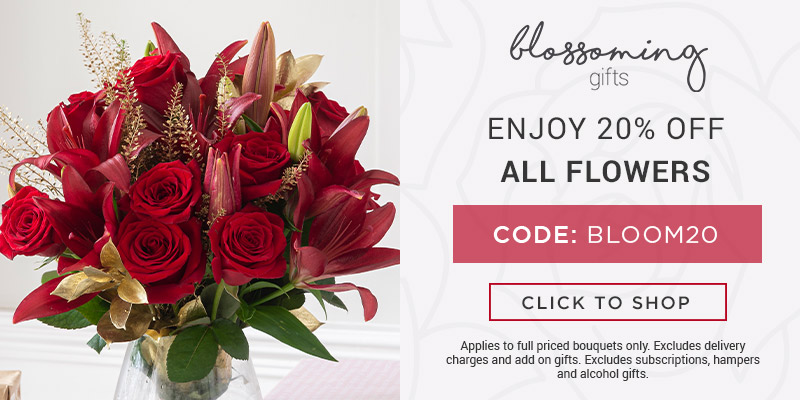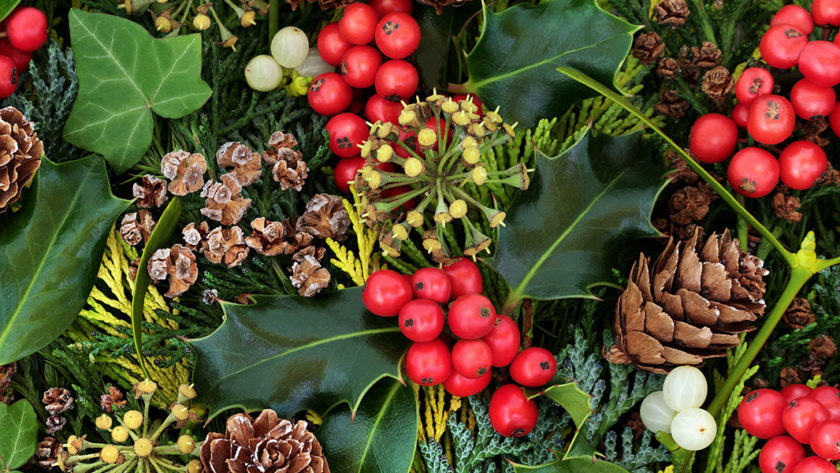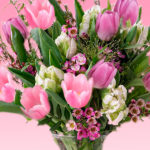Despite falling in the middle of Winter, Christmas is a time that is often filled with flowers, foliage and beautiful plants.
From beautiful wreaths adorning front doors, to windows filled with colourful Christmas trees and mistletoe hanging from the ceiling, green fingered fans are certainly not left wanting at Christmas.
Let’s take a look at the traditions that lie behind some of the most common Christmas plants and flowers to find out how they became associated with the festive season.
Mistletoe
It’s impossible to go through Christmas without seeing endless references in popular culture about mistletoe. From pop songs to Christmas cards, the mistletoe is a symbol of Christmas cheer that’s familiar to us all. But how did it become so well known?
Many people believe that the tradition of kissing under mistletoe originates from Norse mythology. The tale involves the god Baldur and his mother Frigg. Frigg sets a spell to make sure that no plant can ever be used as a weapon against Baldur – yet the spell doesn’t reach mistletoe as it grows from the branches of a tree rather than from the earth. Baldur is in fact killed by a spear of mistletoe, and as a result his mother seeks to declare it as a symbol of love.
During Roman times, enemies at war would often discuss their differences and seek agreements under mistletoe as it represented peace. Celtic Druids believed that mistletoe had sacred powers and could heal illness and help to predict the future.

Holly and Ivy
The famous folk carol The Holly and The Ivy gives two more examples of Christmas plants. Often used in Christmas wreaths and bouquets, holly can be difficult to work with due to the sharp leaves but its bright red berries can be incredibly striking.
Did you know that it’s the sharp leaves of holly that are often thought to symbolise the crown of thorns that Christ wore? Many Christians also believe that the red of the berries is symbolic of his blood. Holly has been thought to have the ability to ward off evil spirits – ensuring nothing threatens the Christmas cheer.
Ivy is often used in Christmas wreaths and can be useful for threading strands together and acting as a bind. Due to the bendiness of ivy, it’s ideal for wrapping around a frame or for using in wreaths created with a freehand technique.

Christmas Trees
Evergreen trees such as pine or fir trees pop up everywhere at Christmas time. Whether you choose a fresh cut, potted or artificial tree, it will quickly become the symbol of all your festive fun.
Christmas trees can be kept inside or outside – although you’ll want to make sure you decorate it accordingly. Trees can come in all shapes and sizes and many believe the evergreen variety to have been chosen to represent longevity and eternal life.
Germany is where the modern Christmas tree tradition is most often traced back to. It’s a tradition that is thought to have started around the 16th century with Christians having decorated evergreen trees or branches and foliage in their homes. Christmas trees were decorated with a variety of decorations – from candles to homemade decorations such as clusters of dried nuts or berries. The candles (now replaced by safer electric lights!) were said to symbolise Christ as the light of the world, or to represent the stars followed to Christ’s birth.
Going further back, Christmas trees have their original roots in pagan traditions. In Europe, people hung evergreen branches and boughs in their homes during the winter solstice. In the cold days of winter, the evergreen branches inspired hope and represented eternal life and fertility. Similarly, Ancient Romans would decorate their homes with wreaths of evergreen plants during the winter Saturnalia festival.
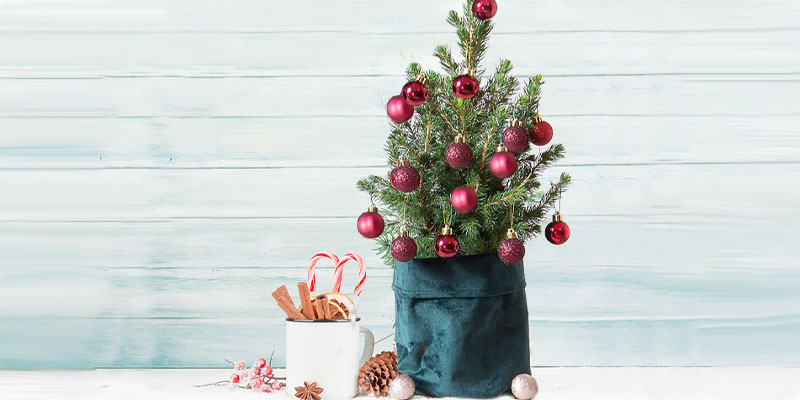
Poinsettias
One of the most popular plants to gift at Christmas time is the poinsettia. This bright red plant was first associated with Christmas in South America and Mexico back in 1600. It was commonly used by priests to decorate nativity scenes and is known as the Flower of the Holy Night.
Poinsettias are an excellent option to give to friends and family – their vibrant leaves fit perfectly into Christmas colour schemes and they can stay potted throughout the festive season. They thrive in warm spots so place them near a radiator and away from open draughts.

Christmas Rose (Hellebore)
Another option for a bespoke gift this Christmas could be a Christmas rose. Although not always associated with the festive season, roses are becoming increasingly popular as a Winter gift.
The cut flowers of a Christmas rose are beautiful in any arrangement and they can come in a variety of different shades. Referred to as Helleborus Niger, Christians believe that the Christmas rose should traditionally be planted next to the entrance to your home in order to welcome in Christ.
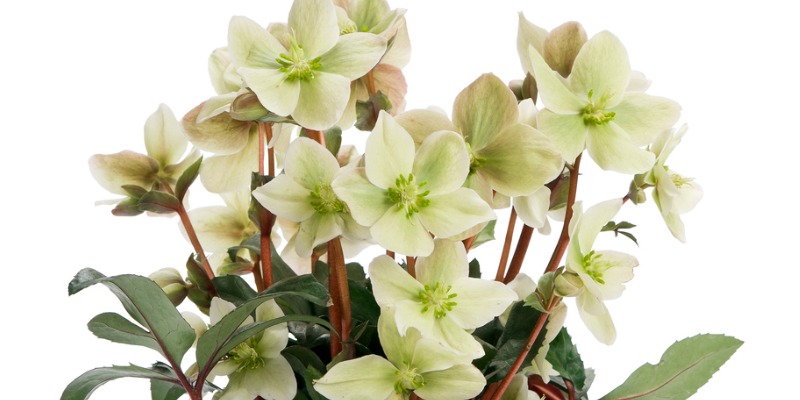
Keeping up Floral Traditions this Christmas
There’s always lots going on at Christmas, but keeping up floral traditions and decorating your home with thoughtfully designed arrangements is incredibly satisfying.
Gifting traditional Christmas plants to friends and family is also an excellent way to spread joy and create cheer to those you love.
